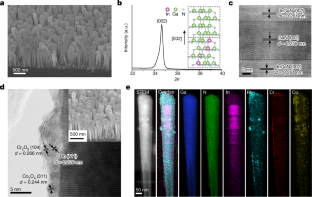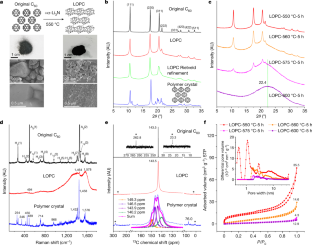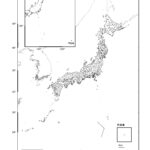高温と太陽160個分の光に耐える新触媒は、従来の同種の太陽熱発電による水分解装置の10倍の効率を達成した Withstanding high temperatures and the light of 160 suns, a new catalyst is 10 times more efficient than previous sun-powered water-splitting devices of its kind
2023-01-04 ミシガン大学
最終的には、人工光合成装置は自然の光合成よりもはるかに効率的で、カーボンニュートラルへの道筋をつけることができると考えています」と、『Nature』で報告された研究を主導したU-Mの電気・コンピューター工学のZetian Mi教授は語っている。
この優れた成果は、2つの進歩によってもたらされた。1つは、光を利用する半導体を破壊することなく、太陽光を集中させることができるようになったことである。この研究の筆頭著者であるPeng Zhouは言う。「私たちは、低い光強度でしか機能しないいくつかの半導体と比較して、半導体のサイズを100倍以上小さくしました。「この技術によって製造される水素は、非常に安価になる可能性があります。
そしてもう一つは、水を分解するために太陽スペクトルの高エネルギー部分と、反応を促進する熱を供給するために低エネルギー部分の両方を使うことです。この魔法を可能にするのは半導体触媒である。この触媒は、使用するにつれて性能が向上し、太陽光を利用して化学反応を促進する際に通常経験する劣化に耐えることができる。
屋外での実験では、周は家の窓ほどの大きさのレンズを設置し、わずか数センチの実験パネルに太陽光を集中させた。その中に、半導体触媒を水の層で覆い、分離した水素と酸素の気体で気泡を発生させた。
触媒は、シリコンの表面に成長させた窒化インジウムガリウムのナノ構造でできています。この半導体ウエハーが光をとらえ、自由電子と正孔(光によって電子が解放されたときに残るプラスの電荷を帯びた隙間)に変換するのである。ナノ構造体には、1mmの2000分の1の大きさの金属球が散りばめられており、この金属球が電子と正孔を利用して反応を誘導するのである。
この温度は、反応を促進するのに十分な温度であると同時に、半導体触媒がうまく機能するのに十分な温度でもあるのです。日照や温度が不安定な屋外での実験では、太陽エネルギーを水素燃料に変える効率は6.1%だった。しかし、屋内では9%の効率を達成した。
今後は、さらなる効率向上と、燃料電池に直接供給できる超高純度水素の実現に取り組む予定。
<関連情報>
- https://news.umich.edu/cheap-sustainable-hydrogen-through-solar-power/
- https://www.nature.com/articles/s41586-022-05399-1
光触媒による水分解で9%以上の太陽水素利用効率を実現 Solar-to-hydrogen efficiency of more than 9% in photocatalytic water splitting
Peng Zhou,Ishtiaque Ahmed Navid,Yongjin Ma,Yixin Xiao,Ping Wang,Zhengwei Ye,Baowen Zhou,Kai Sun & Zetian Mi
Nature Published:04 January 2023
DOI:https://doi.org/10.1038/s41586-022-05399-1

Abstract
Production of hydrogen fuel from sunlight and water, two of the most abundant natural resources on Earth, offers one of the most promising pathways for carbon neutrality1,2,3. Some solar hydrogen production approaches, for example, photoelectrochemical water splitting, often require corrosive electrolyte, limiting their performance stability and environmental sustainability1,3. Alternatively, clean hydrogen can be produced directly from sunlight and water by photocatalytic water splitting2,4,5. The solar-to-hydrogen (STH) efficiency of photocatalytic water splitting, however, has remained very low. Here we have developed a strategy to achieve a high STH efficiency of 9.2 per cent using pure water, concentrated solar light and an indium gallium nitride photocatalyst. The success of this strategy originates from the synergistic effects of promoting forward hydrogen–oxygen evolution and inhibiting the reverse hydrogen–oxygen recombination by operating at an optimal reaction temperature (about 70 degrees Celsius), which can be directly achieved by harvesting the previously wasted infrared light in sunlight. Moreover, this temperature-dependent strategy also leads to an STH efficiency of about 7 per cent from widely available tap water and sea water and an STH efficiency of 6.2 per cent in a large-scale photocatalytic water-splitting system with a natural solar light capacity of 257 watts. Our study offers a practical approach to produce hydrogen fuel efficiently from natural solar light and water, overcoming the efficiency bottleneck of solar hydrogen production.



